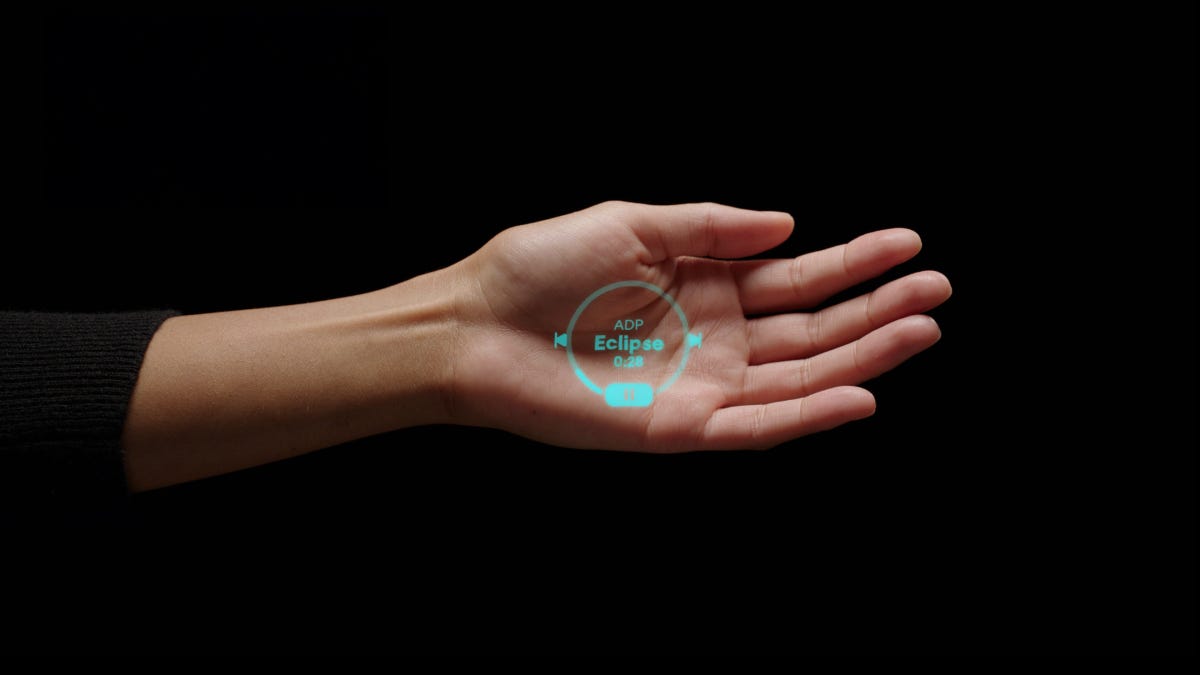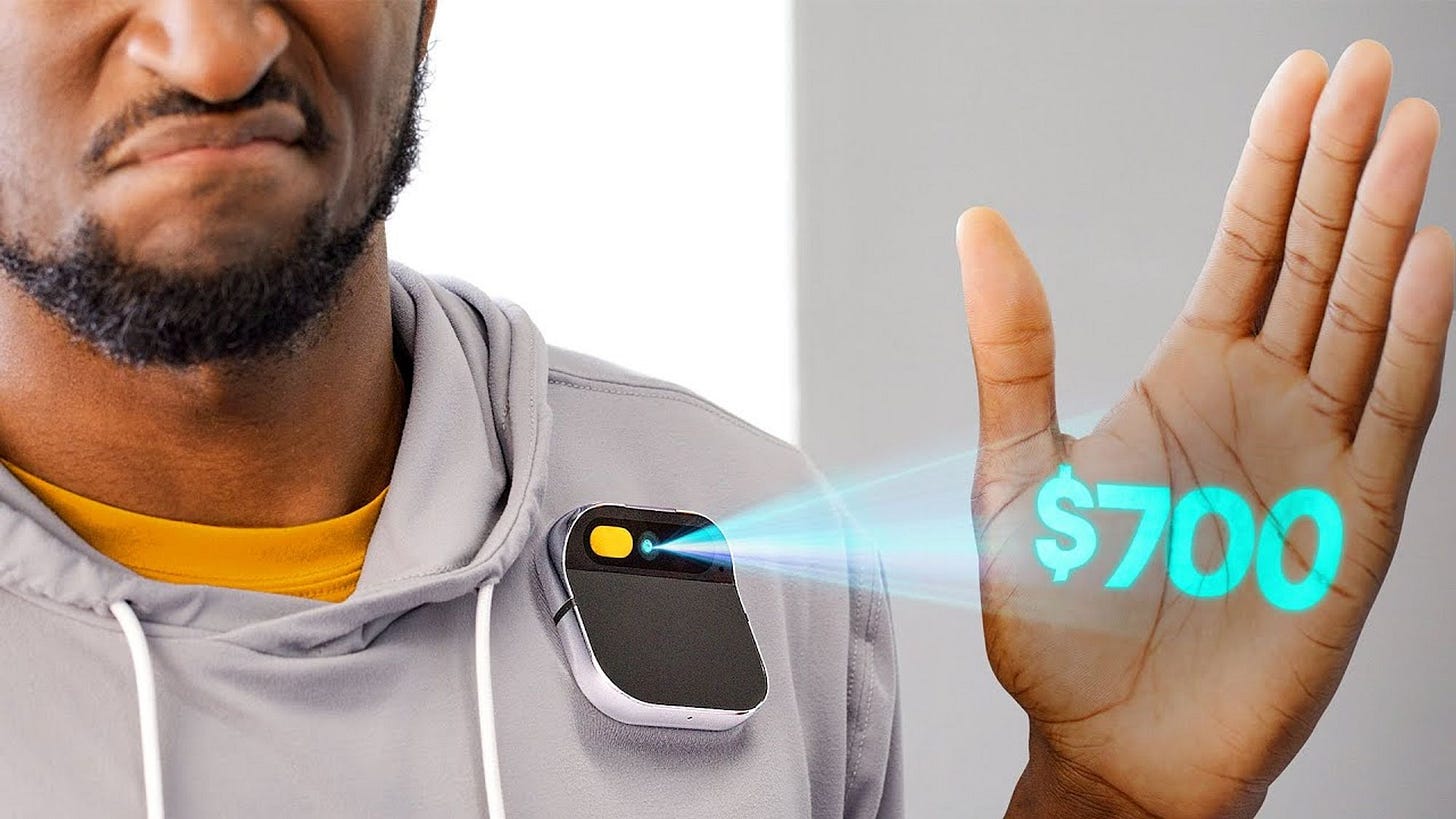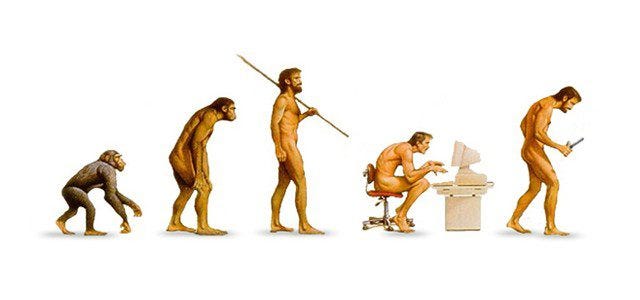Is the Hype Cycle breaking?
Are hot-takes giving potentially groundbreaking technologies a fair chance to demonstrate their value and mature into their full potential?
In a world driven by instant reactions and hot-takes, our judgment of new technologies often comes swiftly, leaving little room for a product to evolve or for opinions to mature.
Innovation takes time, products need time to mature and user’s need to make it their own.
This fast-paced environment raises a critical question: Are the immediate reactions from influential voices shaping the adoption of technology too hastily?
Adoption is influenced by a variety of factors, and while there isn’t a one-size-fits-all formula, certain conditions can impact the rate and success of technology adoption. If it were broken down into simple math, it might look something like this:
Innovation + Market readiness + User acceptance = Adoption success
Innovation Quality refers to the inherent value, usability, and reliability of the technology.
Market Readiness includes the economic, cultural, and technological context in which the technology is introduced.
User Acceptance is the degree to which potential users are willing to embrace and use the technology.
Before any of this can happen, the product needs to spend some quality time with the Hype Cycle.
The Hype Cycle
The Gartner Hype Cycle has been around since 1995, and is pretty much a roadmap that shows how new tech gets hyped up and hits reality before eventually finding its place in the market (or the recycle bin).
The cycle starts with a spark—something new comes along and gets everyone excited. Then, it hits a peak where expectations might get a bit too inflated, followed by a reality check where people start questioning everything. Eventually, if the stars align, the tech matures and settles into a productive flow-state. Understanding this cycle is handy for anyone trying to figure out when to adopt new tech or invest in it.
This cycle highlights why giving new technologies like calm computing devices enough time to develop is crucial for their success.
Technology Trigger
Calm computing is becoming more of a buzzword lately. Products that reduce information overload, enhance focus, promote well-being by keeping users informed with less noise and more signal. Devices that don’t require full attention and morph your body into strange shapes and make us feel bad.
Calm computing captures your thoughts or actions with minimal interaction—no screens, just intuitive gestures or voice commands. These types of devices are starting to pop up everywhere, generating a lot of media excitement because they promise to leverage the power of AI to by offering a gadget that prioritizes voice and gesture command and keep our digital interactions simple with less of a strain on our physical attention. Rabbit R1, OpenInterpreter, Limitless, the Humane AI Pin, and even the open source Friend (It is rumored that Humane is suing Friend btw) - these are just a few creating waves for offering just that—technology that works quietly in the background.
I can’t tell you how many times I’ve lost a great idea because I couldn’t jot it down fast enough. Either I was fumbling through apps, looking for a pen, or just couldn’t interact with my device at the moment. Calm computing aims to fix this by letting us capture thoughts and ideas near-instantly, however suits us best—be it speaking, gesturing, or another simple method. This tech isn’t just about being futuristic or novel; it’s about cutting out the steps that stand between us and our creativity.
I like that.
Peak of Inflated Expectations

Sleek demos and lots of media buzz are key in getting people excited about new products like the AI Pin. When tech companies show off their products in the best light and the press starts talking, it naturally builds up a lot of expectations. This hype gets shared and reshared, pumping up the anticipation even more. It also gets the cash flowing. Humane pulled in over $230 million in funding, with notable investors such as Sam Altman, Tiger Global, Kindred Ventures, and more. Microsoft and OpenAI also announced partnerships with Humane.
It was formally announced in November 2023, and sales commenced a week later. Even before its release, the Ai Pin was featured in Time Magazine’s Best 200 Inventions of 2023.
The promises of seamless, intuitive technology helped set the stage for sky-high anticipations.
Before you know it, everyone’s expecting the moon, setting us up for the next big phase—the Peak of Inflated Expectations—where the buzz can sometimes overshadow the reality of what the tech actually does.
Trough of Disillusionment

The AI Pin faces a lot of scrutiny. Early adopters and tech critics, including influential reviewers like Marques Brownlee aka MKBHD are quickly finding that the AI Pin might not fully deliver on the seamless, intuitive experience it promised. Marques’s critique highlights major issues like functionality limitations, bugs, or interface quirks, which all lead to more critical reviews and less enthusiasm.
The feedback doesn't stop there. On outlets like The Verge and Fast Company, a chorus of reviewers echo Marques's sentiments, voicing their frustrations over the AI Pin's usability challenges. Cumbersome gesture controls and an underwhelming software ecosystem, etc. Common complaints include the AI's frequent misunderstandings and the device's non-intuitive interface, all contributing to a growing consensus that the product falls short. This level of disappointment from the community amplifies the device's struggles with mainstream acceptance.
Despite my interest in forming my own opinions on tech, accessing every new gadget on the market isn't always feasible or economical. This reality makes trusted voices like MKBHD crucial. His review, titled 'The worst product I've ever reviewed...for now,' is a very helpful resource, helping many people like me make informed decisions without the direct experience, potentially saving time and money.
Slope of Enlightenment…?
The iPhone's journey to success offers some perspective on technological adoption. Announced on January 9, 2007, and released just 172 days later, the iPhone underwent a long development process that began in the early 2000s. Over those years, hundreds, if not thousands of Apple employees across various disciplines contributed to its design and functionality. Despite its groundbreaking technology, initial reviews were mixed—Steve Ballmer laughed at it, and TechCrunch predicted it would bomb.
However, unlike the AI Pin, the iPhone debuted in an era when social media wasn't as pervasive, allowing it more time to mature and gain acceptance without the relentless pace of today's digital criticism. Influencers now, like MKBHD1, with massive followings and the power to reach millions quickly, can make or break a product like the AI Pin in mere days.
Humane, in comparison, is a relatively young company, around for just 7 years and with about 200 employees, which from an industry standpoint, is still in its infancy. They're navigating an environment where the AI Pin has been thrust into the limelight and judged swiftly, having been on the public radar for less than 200 days.
Developing impactful technology like calm computing devices requires significant funding, a large team, and ample time to mature and grow—luxuries that are not always afforded in today's fast-paced digital world.
Is the Hype Cycle breaking?
In the whirlwind of today’s tech scene, where a single review can sway public opinion overnight, we must ask ourselves: are we giving new technologies like the AI Pin a fair chance to mature?
While influencers like MKBHD provide valuable insights that guide decisions, their rapid-fire verdicts can also prematurely doom emerging tech that may simply need more time to evolve.
As we reflect on the rapid transitions through the waves of the Hype Cycle the AI Pin is experiencing, it's clear that innovation isn’t just about making something new—it’s about giving that newness space to grow.
If the past few decades has shown us anything, it's that true innovation takes time, patience, and a community willing to iterate. Let's take a step back from rapid judgments and give innovation the time it truly needs to mature. By doing so, we ensure we don't miss out on potentially transformative technologies.
Marques Brownlee Subscribers: 18 million (main channel) 20.95 million (combined)
Total views: 3.933 billion (main channel) 4.19 billion (combined) “Stats & Analytics for Marques Brownlee - HypeAuditor”





